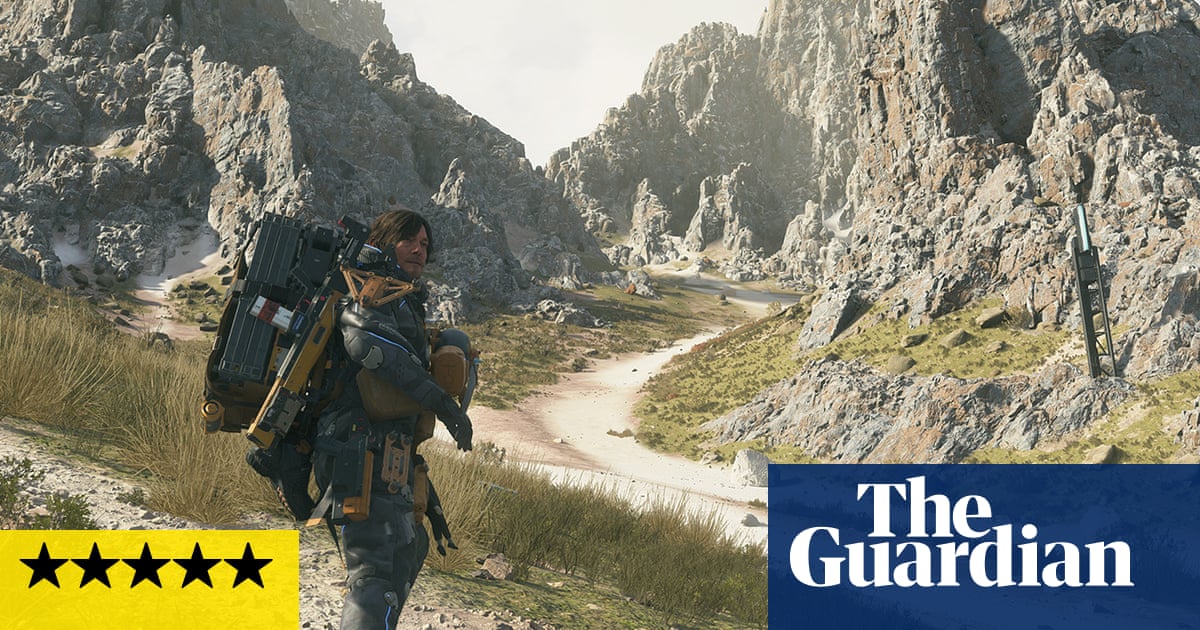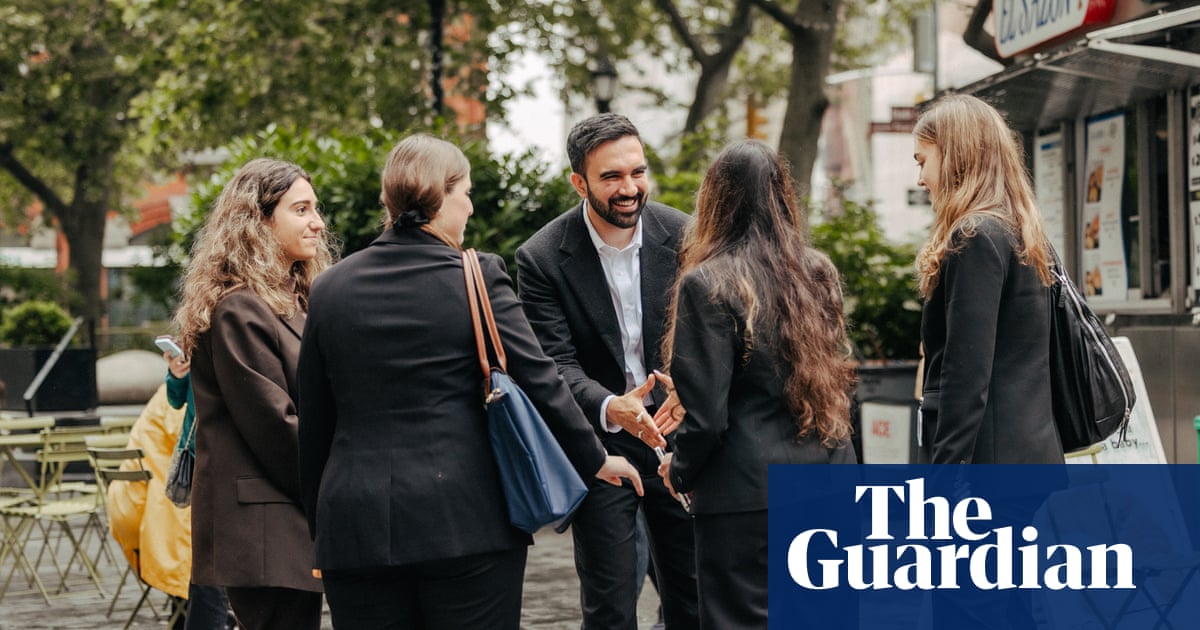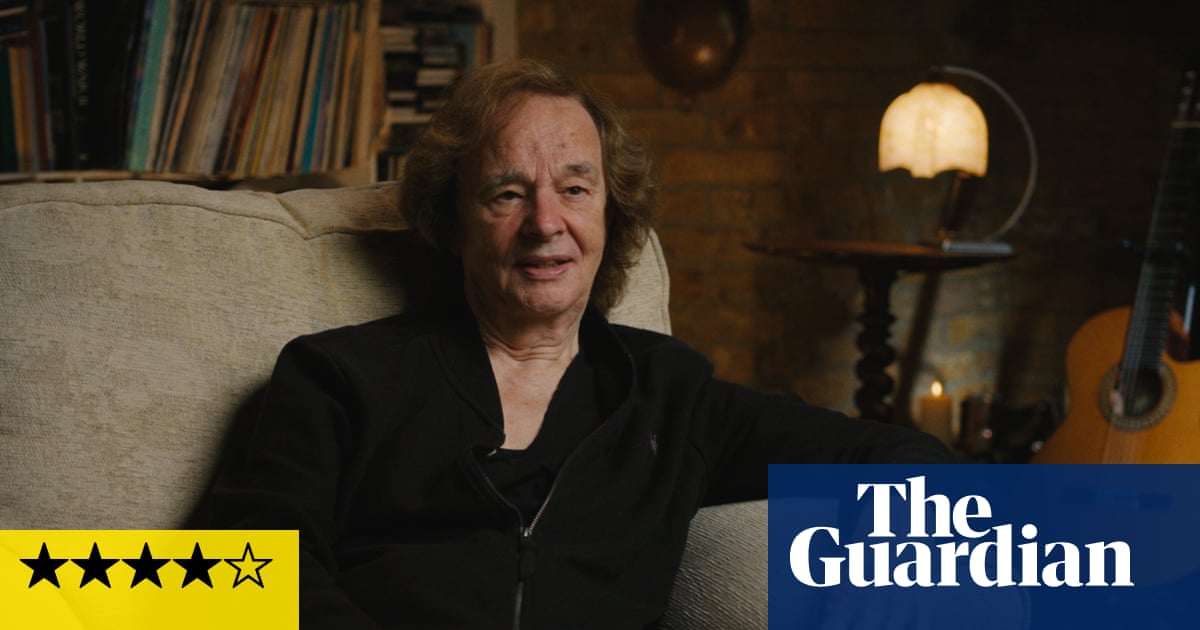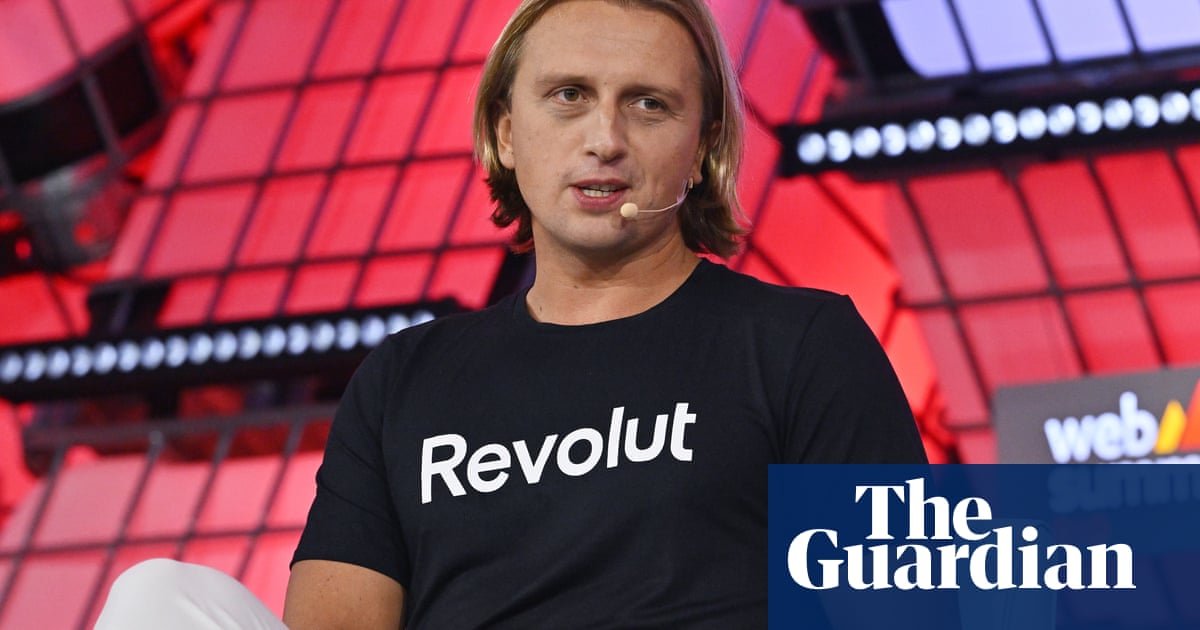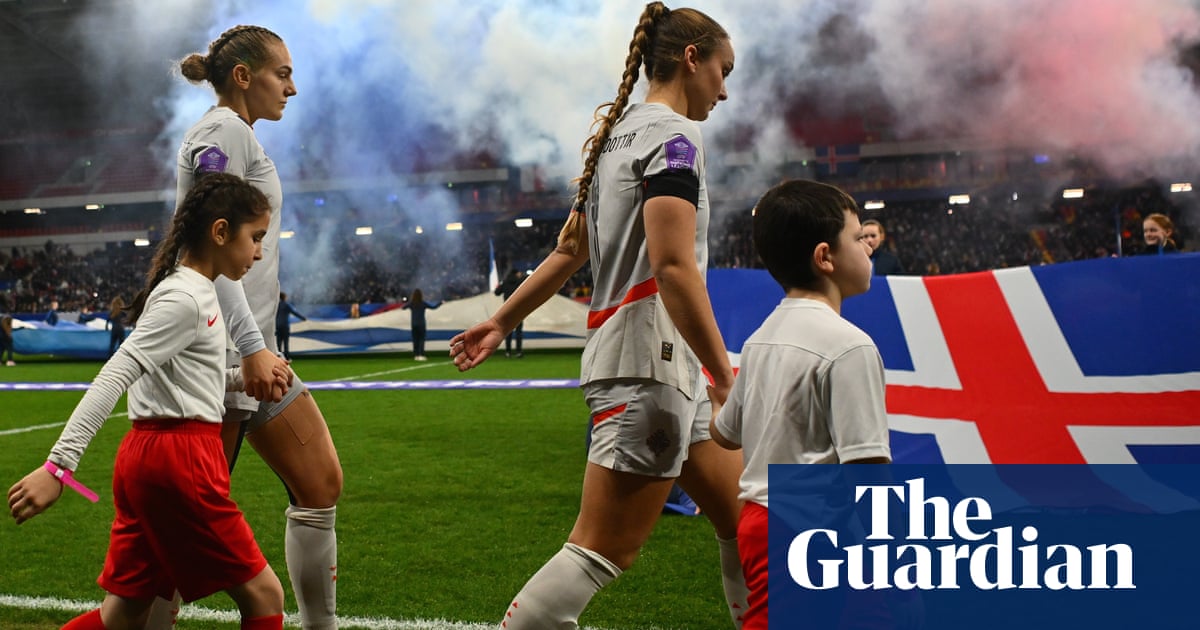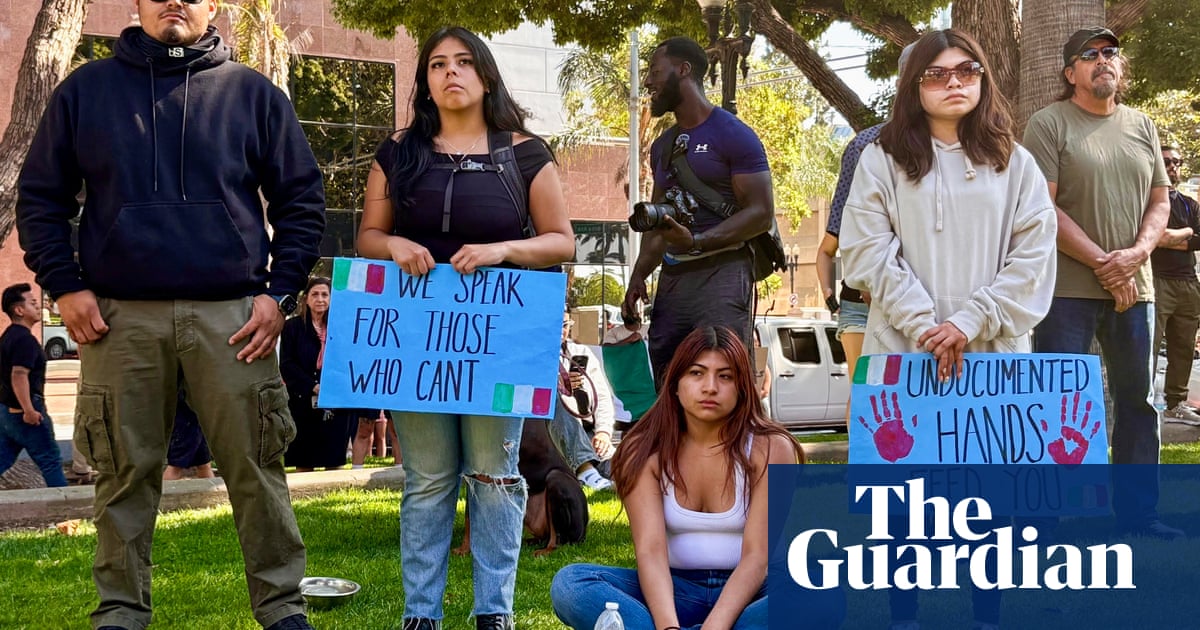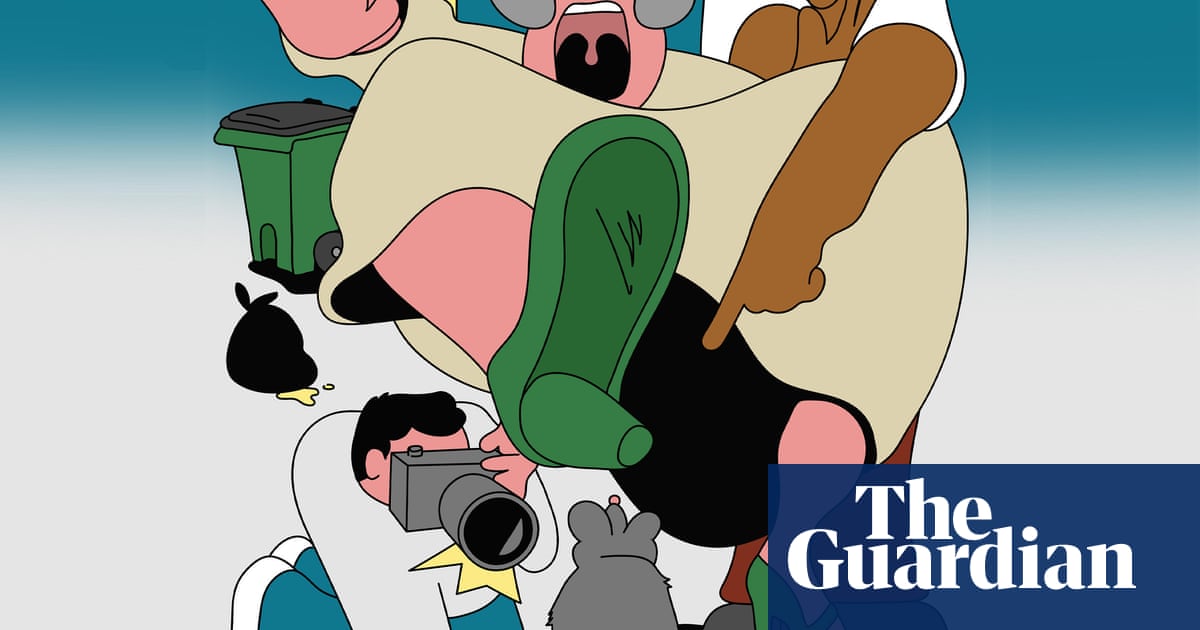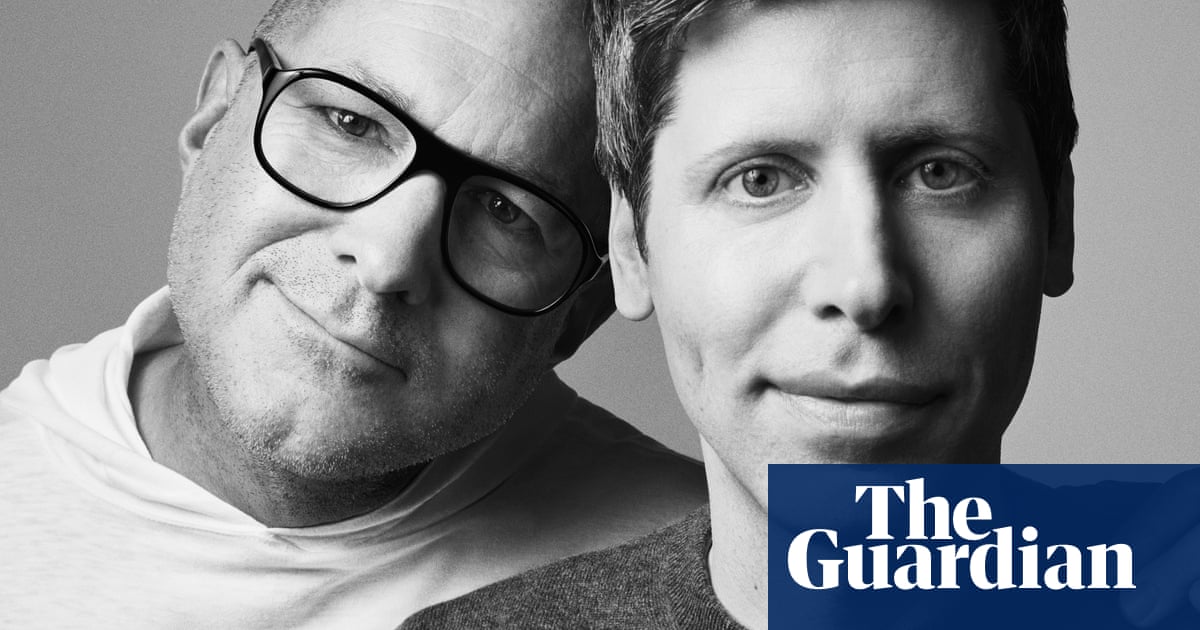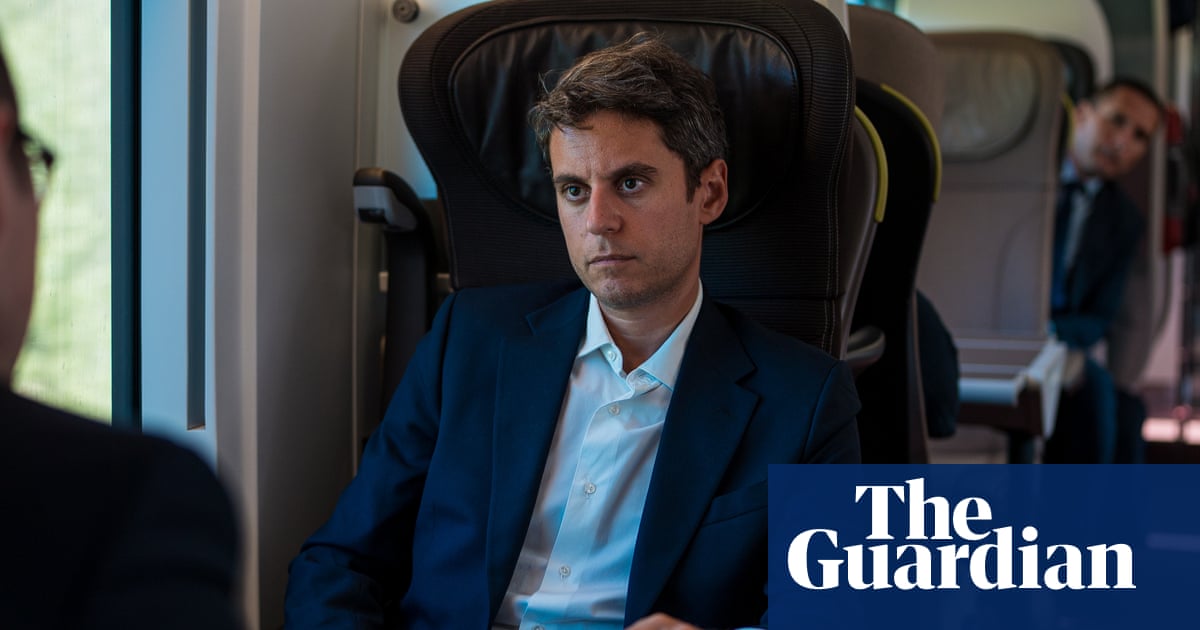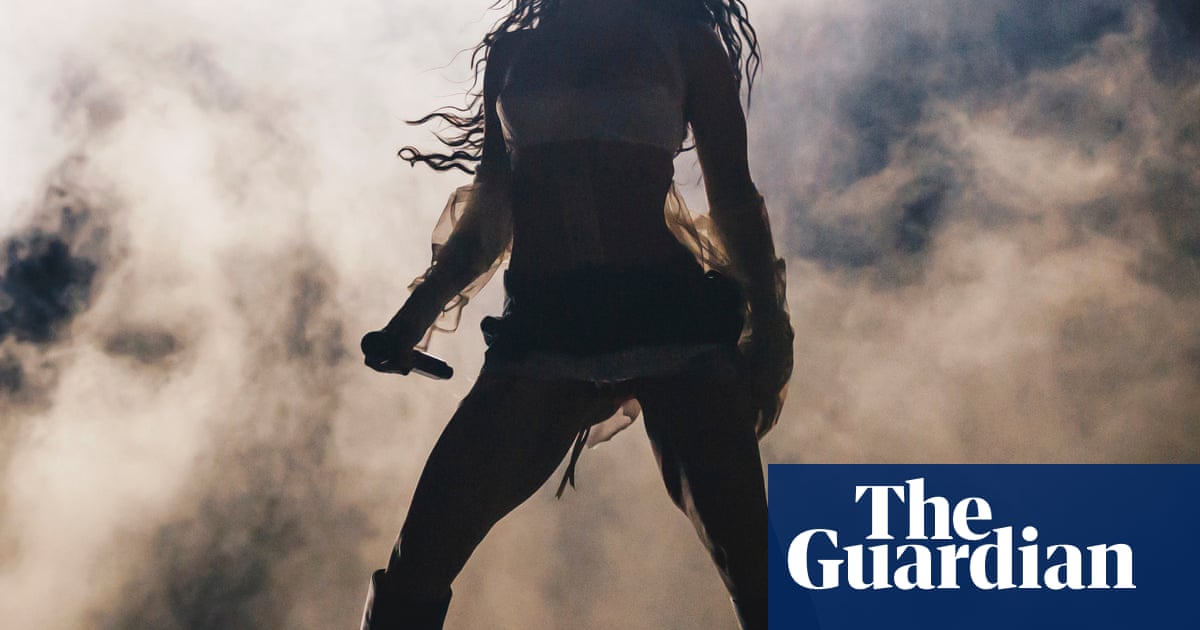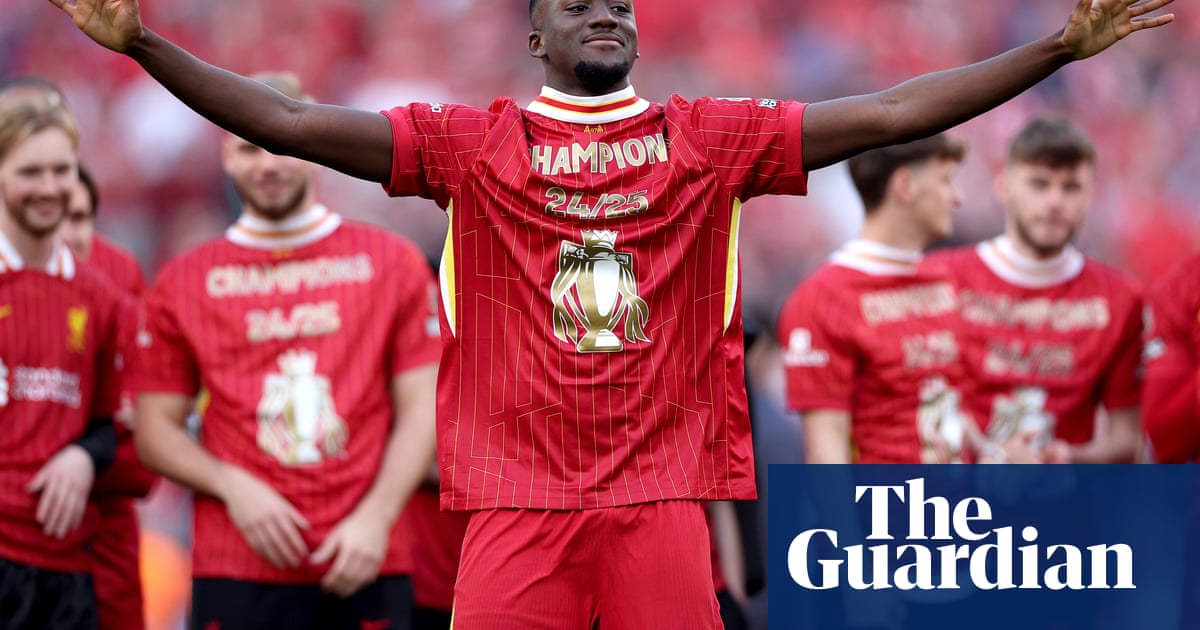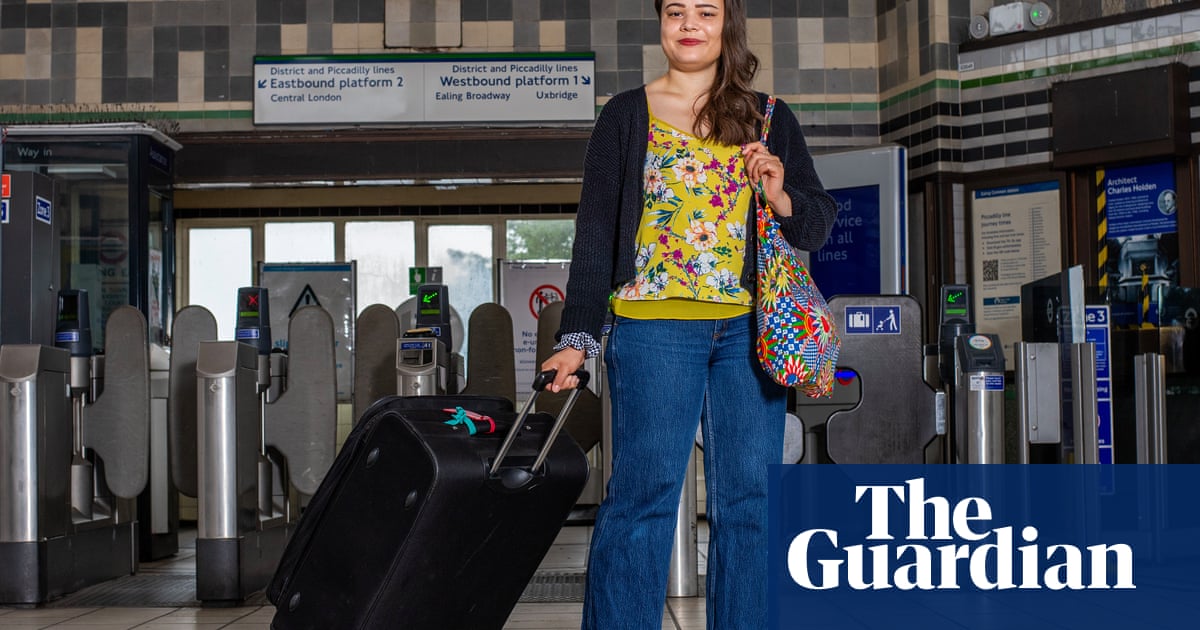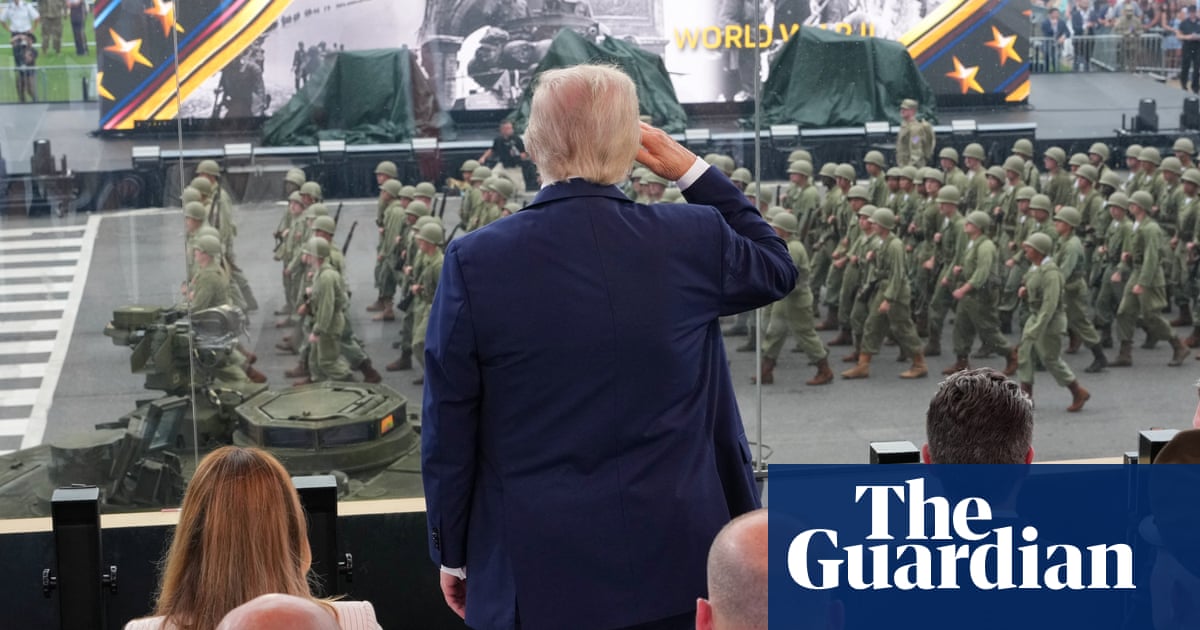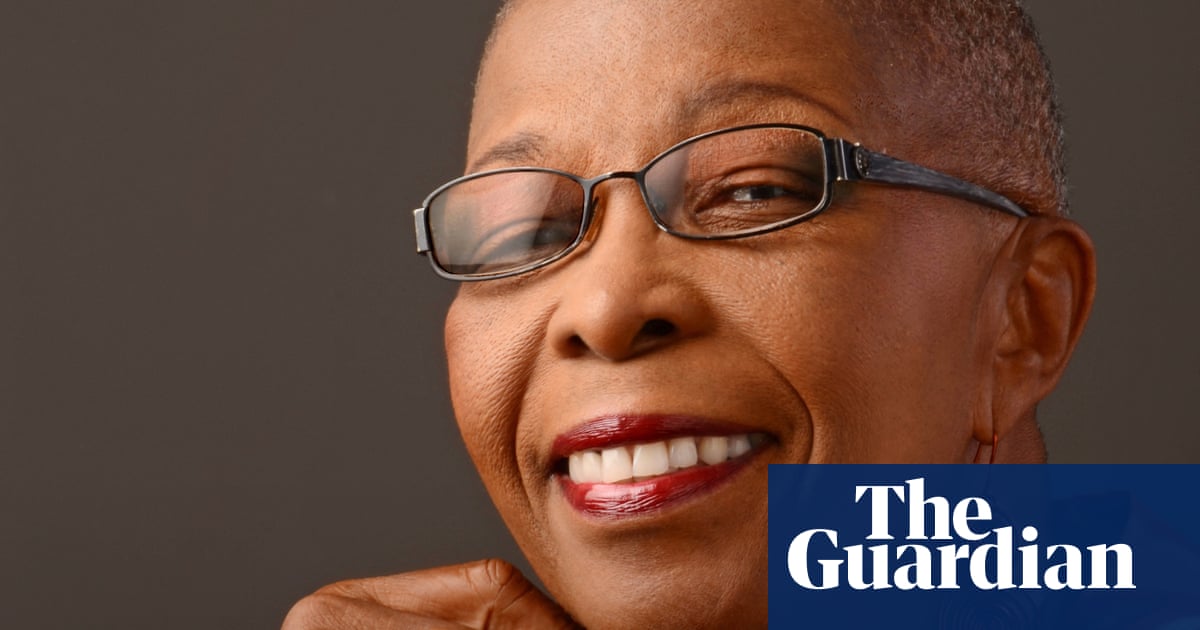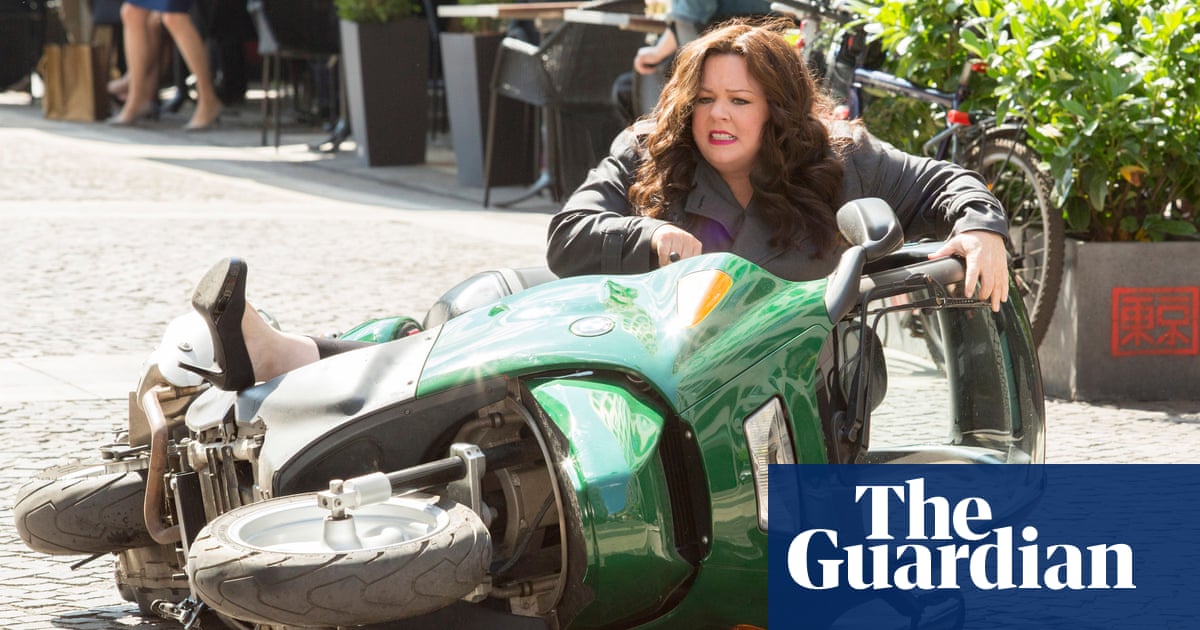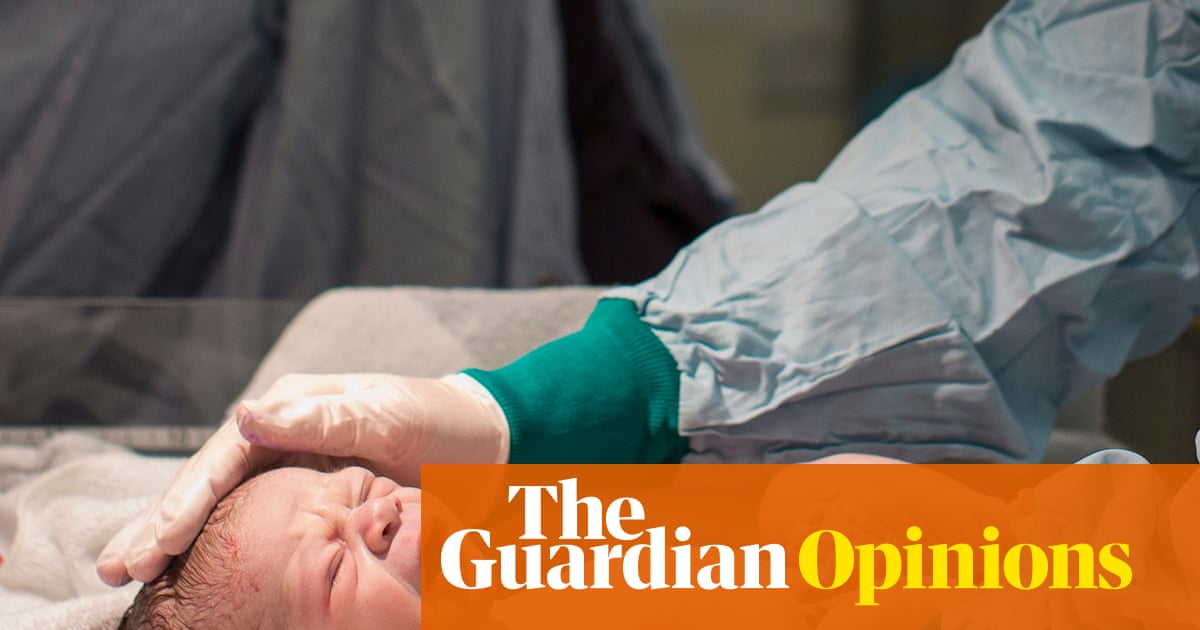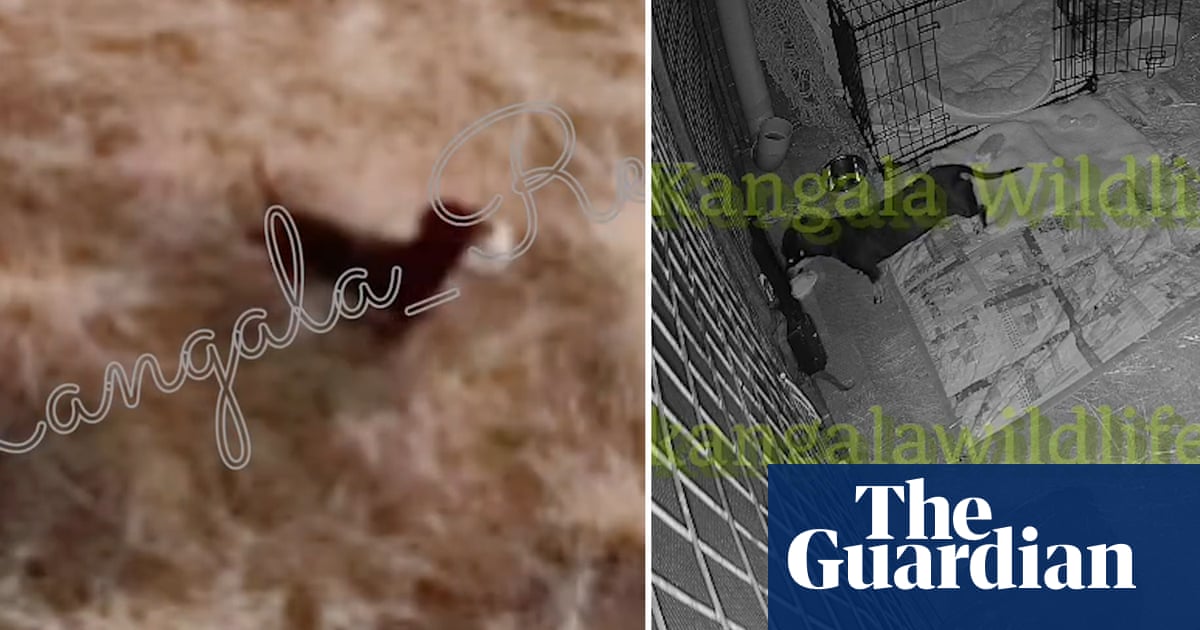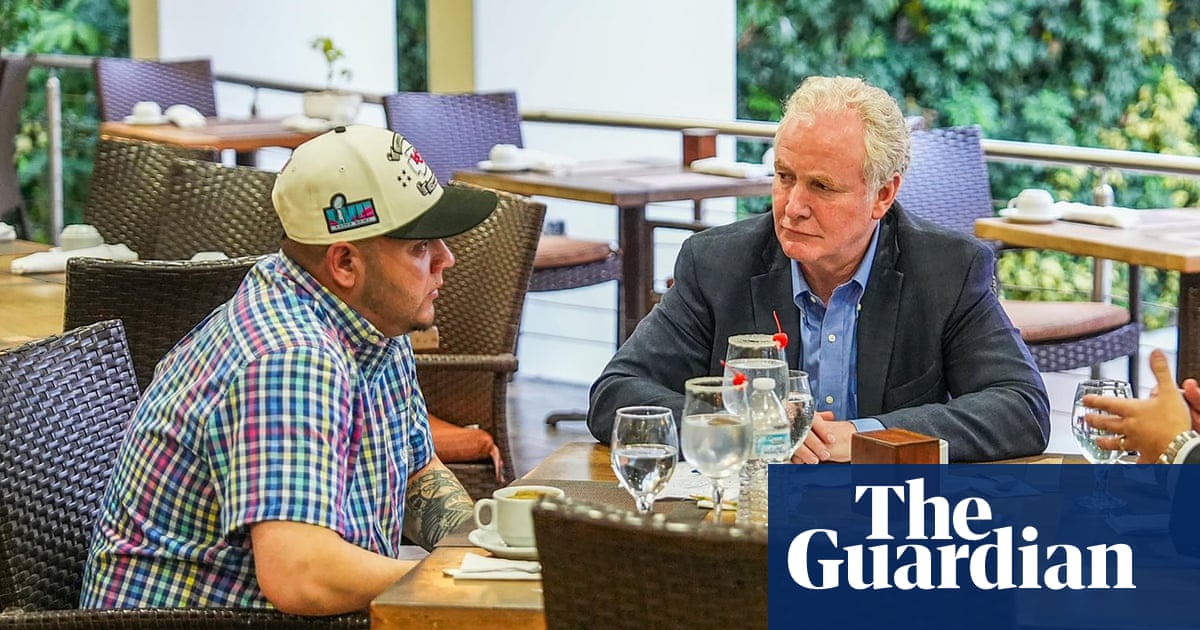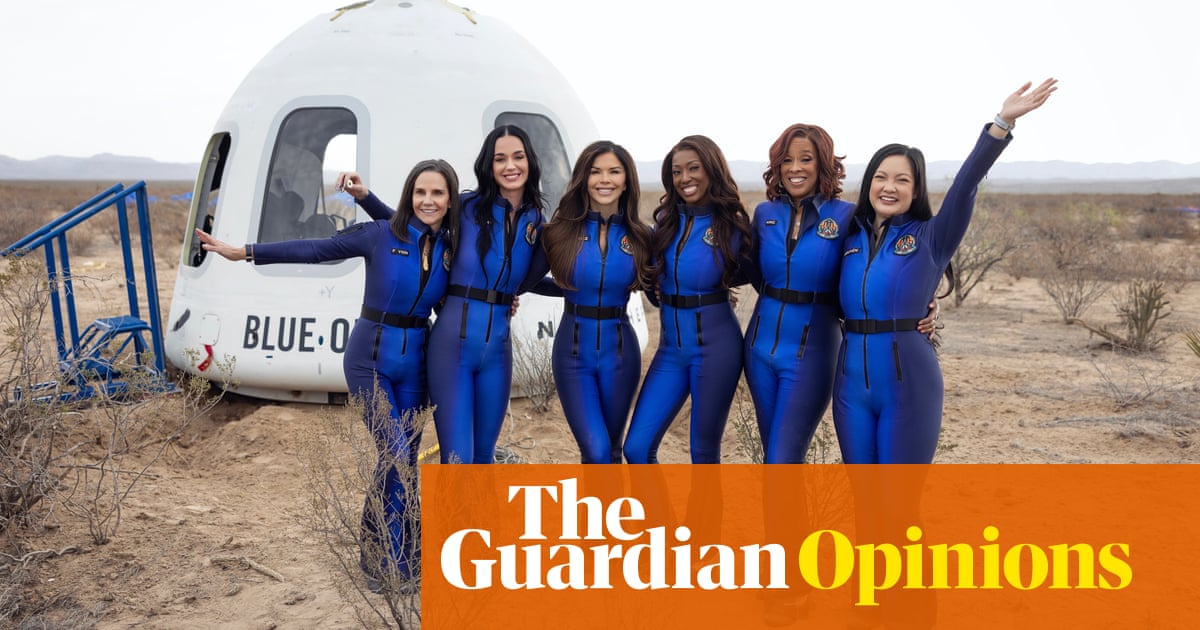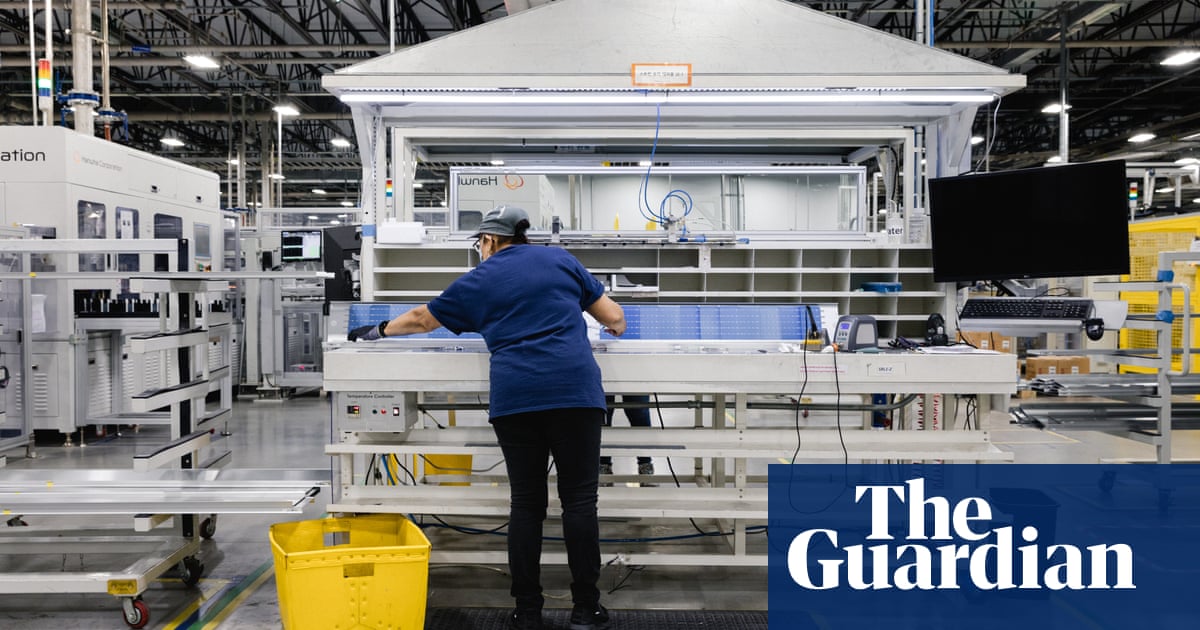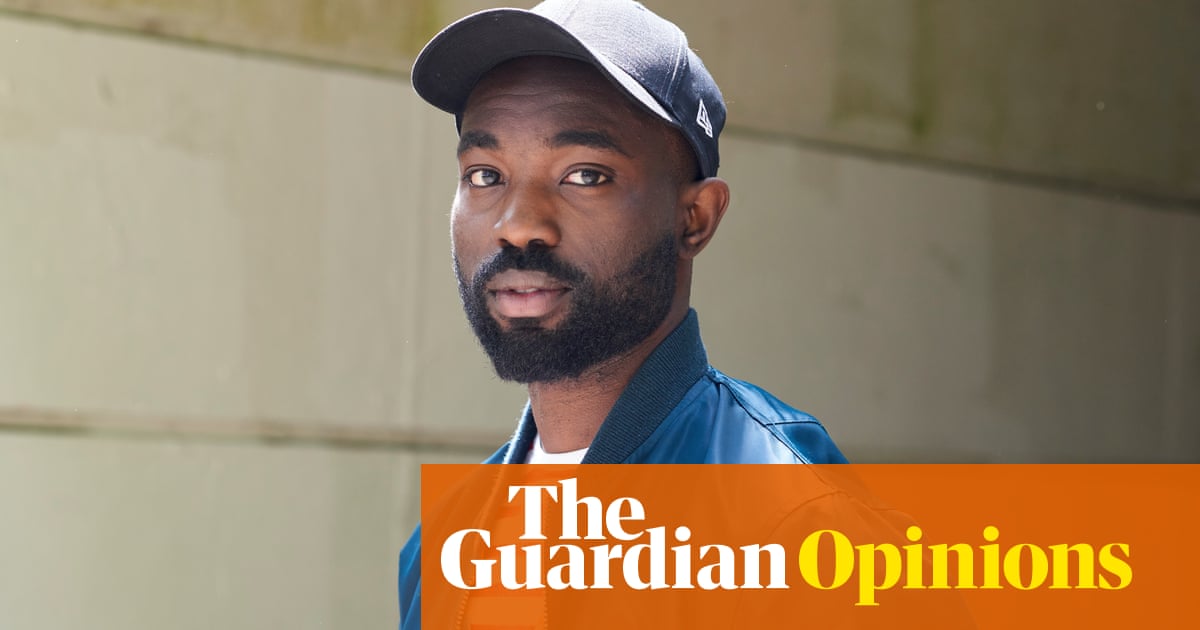I grew up in a predominantly white Christian community in Sydney’s western suburbs. I was a pretty traumatised, messed-up kid. I had a lot of anger, mostly towards the people closest to me, but because I couldn’t do anything about that I just went around with a lot of rage that I had no way of getting rid of.
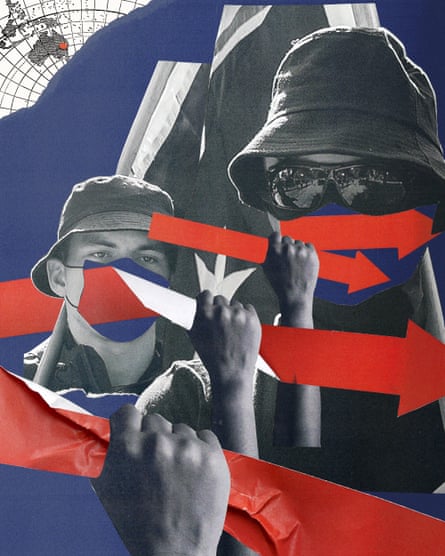
A family member had a hatred of ‘“Asians’” because of the second world war. My grandfather also hated “Asians”, and said things like “make sure you lock your doors” and “you can’t trust them”. This was when the Australian senator and One Nation leader, Pauline Hanson, was out there saying a lot of “anti-Asian” stuff.
Around that time I had a medical problem and the medication I was put on gave me a lot of anger. With all this mixed together, I thought: “It must be the Asians that are causing the problems.” Suddenly I wasn’t this quiet kid any more. I started to pick fights with anyone who looked at me wrong.
I was a loner and started finding other people who were loners too, and we started to form little groups. They were mostly nerdy guys or people with traumatic backgrounds like me who wanted to get their anger out.
There was a lot of sexual abuse and domestic abuse survivors in the group. I remember one of the guys saying he had been raped by his dad, who fed him drugs every night to make him forget it. We were a bunch of guys with nowhere to go and no way of getting the support we needed. We found a common enemy to release our anger towards – at a time when there was a lot of racism in the community directed at “Asian gangs”. It got worse and worse, until eventually, when I was 15, guys in the group were talking about doing a full-on attack.
Looking back now, I can see how it happened. But at the time we were just so filled with rage that “these people” were coming into our town, and we were being told by the community that “they’re the problem”, so they became the target of our anger. Within about six months it went from mirroring things that were being said in the community to “we should get weapons and start killing people”.
It was only when I reconnected with an old friend from primary school that I realised I wanted to get out of the group. He took me to places in the city that I had never been to. I started seeing different cultures for the first time – it really took me out of that white bubble.
I tried to get the other guys to drop the hatred, tried getting them into jobs and getting them away from hanging out with the group and involved in different activities. They had never been to the city. A year or so later, it eventually dissolved.
Fifteen years later, after leaving the military, I heard the Australian MP Anne Aly on the radio. At the time she was a counterterrorism expert at a university and she was doing a call-out for people who had backgrounds in extremism so they could try to understand Islamic State. I called her up, and she said: “When can you come to Perth?” I flew there on Monday. After that, the New South Wales police gave me my first case.
At that time, there was no disengagement programme in Australia. No one understood how to do it. Anne said: “Why don’t you set one up?” I said, yeah, I’ll jump in. And so Exit Australia came into being. The main thing I have learned from my own experience is to ask what directed this person towards anger in the first place? And then work on that.
Most people drop the ideology pretty quickly once they get the support they need. They belong to these groups because they’re getting something from them. You have to become the surrogate of that support so they don’t need the group any more. One of my biggest “success stories” was a guy who was planning a mass murder, who I helped access the services he needed. There have been people who were hellbent on conspiracy theories, wanting to do things like attack the government. I have helped them reconnect with their families and they have changed their minds. I have seen people with Nazi tattoos in jail start getting the support they need, and then when I say, “Why don’t we get rid of these tattoos?”, they say “sure”.
My biggest concern today is that younger people are getting involved in these groups. They are oblivious to the ways in which predators can condition and recruit them online. I’ve even had kids come up to me after a talk and say: “I now realise I’m being recruited.” A lot of the groups now are using masculinity and being “gym fit” as a way to get kids to join up. It’s always us v them with some new twist. For me, it was the “Asians” who were against us; pre-Covid, it was the “Muslims” trying to take over; during Covid, it was the “elites” controlling the government; and now it’s the “elites” and “multiculturalism” trying to “eradicate” whites.
The lesson I would give people trying to disengage others is to build a rapport with them and identify the underlying cause of their anger. It’s also important to remember that not everyone has the same tools of resilience to help themselves. The worst thing you can do is to fight back against the ideology and all the terrible things a person has said. Try to find the underlying problems – and build support around that.
-
Matthew Quinn is the founder and CEO of Exit Australia, which looks at disengaging violent extremists. This piece was ghost-written by Georgia Wilkins

 2 months ago
50
2 months ago
50
